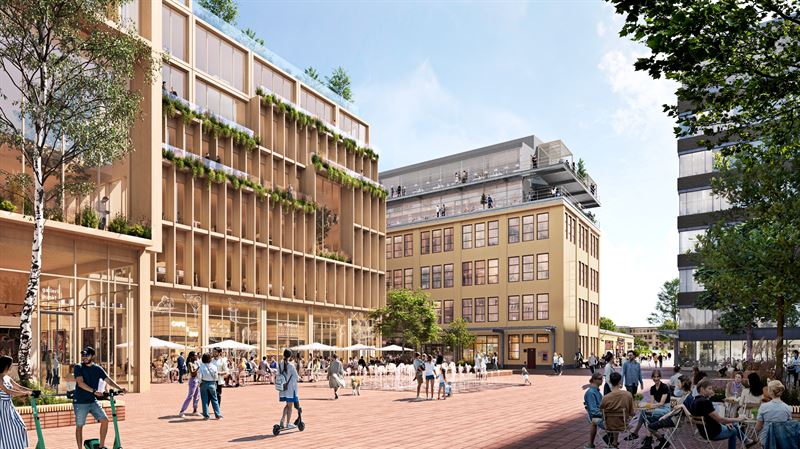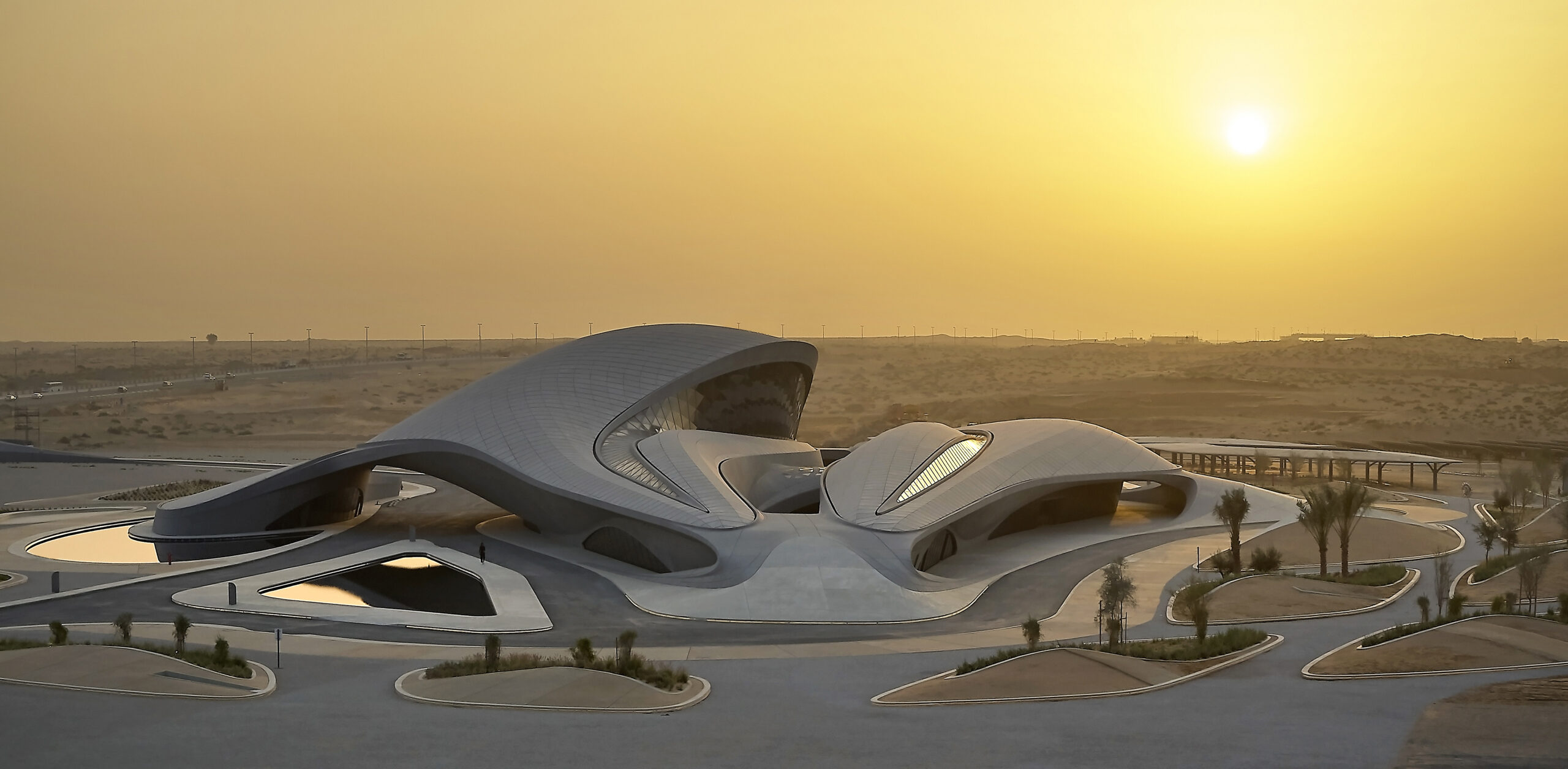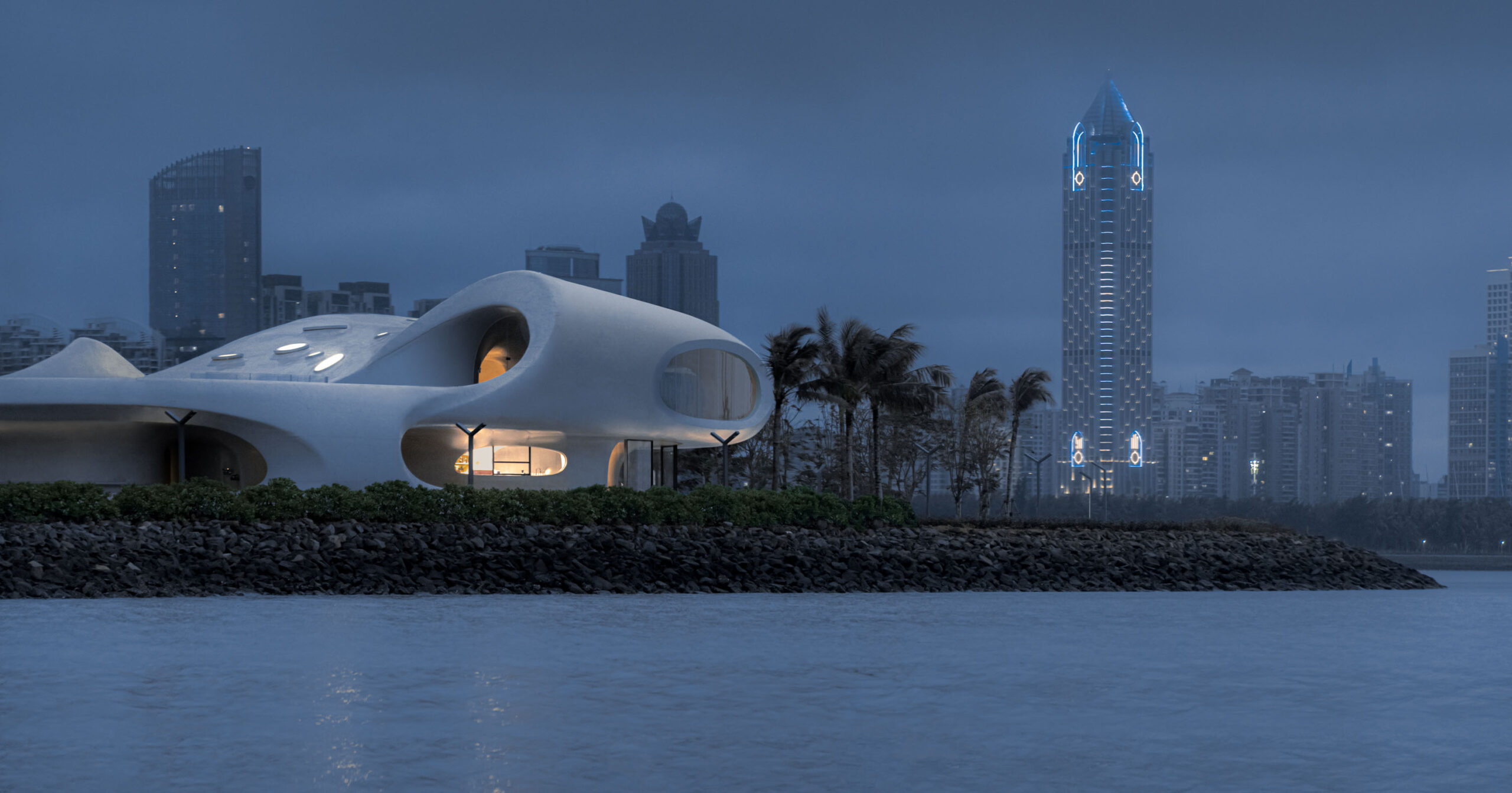The judging process for Architizer's 12th Annual A+Awards is now away. Subscribe to our Awards Newsletter to receive updates about Public Voting, and stay tuned for winners announcements later this spring.
It has been 62 years since journalist Jane Jacob and urbanist William H. Whyte coined the term ‘placemaking’ — an idea that towns should be designed around people rather than automobiles. Despite the phrase finding its way into common architectural and design parlance, one look at most metropolitan areas today tells us how far the concept still has to go before we can claim mainstream adoption in practice.
Whichever way you define the approach, though, it’s hard not to consider the latest project from Swedish real estate and asset management giant Atrium Ljungberg AB as true placemaking. With ground set to be broken next year on the first stages of the monumental development and the first structures set to welcome tenants from 2027, the company is master-planning a small city in Sickla, Stockholm.
Spanning 60 acres and once complete, comprising around 7,000 commercial spaces and 2,000 homes, Wood City is currently the world’s largest urban timber construction project. If the scale of this undertaking wasn’t already apparent, Håkan Hyllengren, Head of Development, quickly makes amends. When we quiz him on how many architectural firms have been drafted, he cracks a smile and simply answers, “many.”
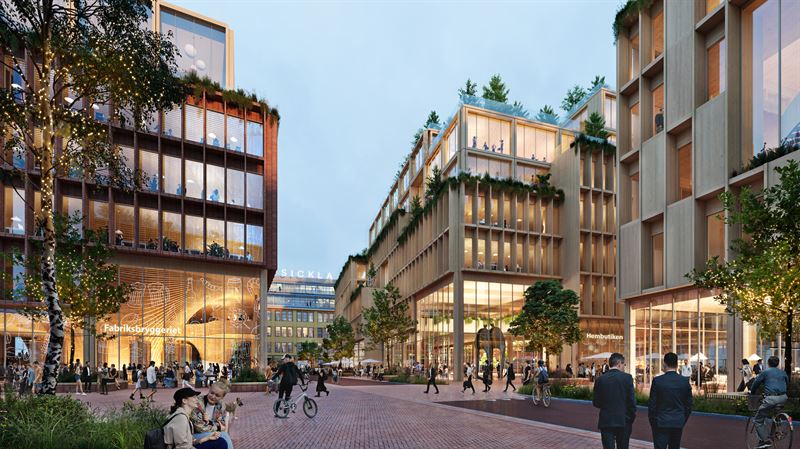
Plans for Stockholm Wood City by Atrium Ljungberg / Henning Larsen
Currently, Gothenburg’s White and Copenhagen-based Henning Larsen have both made trade headlines for their involvement, as has another Danish firm, Gehl. But the need to diversify styles to create a more natural aesthetic and swerve uniformity — and the sheer number of builds involved — means the list of partners will run for much longer.
Trying to understand the vast scale and processes of masterplanning means considering not only the large area slated for development, but also the vast numbers of in-house and external professionals involved. This is fascinating, but it’s Wood City’s fundamental raison d’être that really intrigues. Simply put, the concept was born not from a tender or proposal, but internal carbon and environmental accounting. A vital and progressive new district of Sweden’s capital will effectively be built for corporate emissions targets.
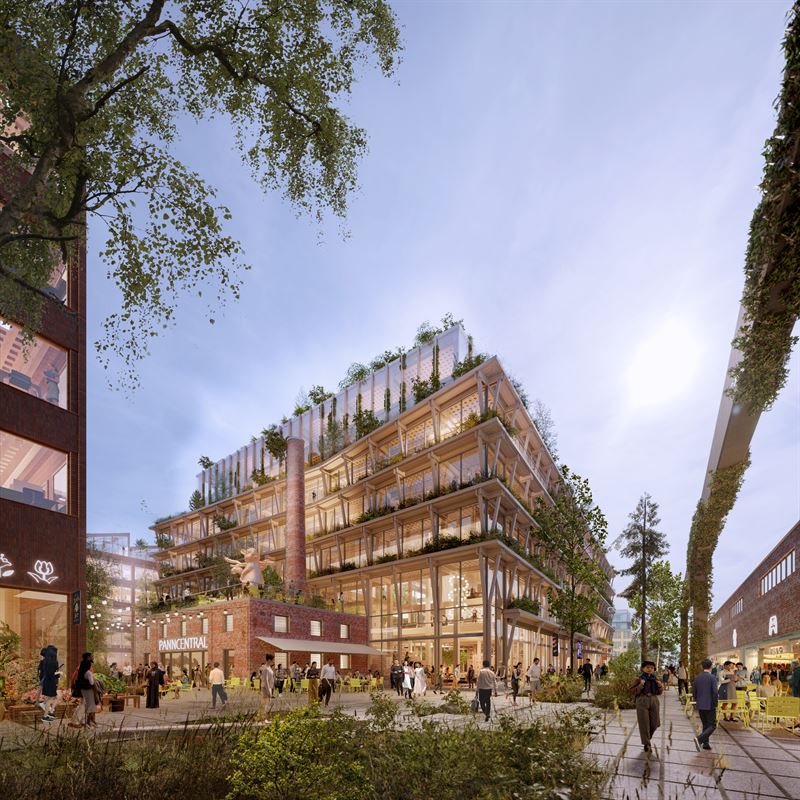
Artists impression of Stockholm Wood City by Atrium Ljungberg / Henning Larsen
“We did a lot of research around our sustainability goals, and took the decision to become CO2 neutral by 2030, in our development process. That’s a tough goal — 2030 is not that far away, and so we needed to have an increased focus on sustainability. What measures need to be taken to get to where we want to be,” Hyllengren explains. “In Sickla, [Atrium Ljungberg] already has buildings in wood, and we realized the effect a timber frame can have on CO2 goals.
“This area is a good place for this type of structure due to the height of most [existing] buildings, so we began to think about working on a large scale,” he continues. “We also considered other impacts. If you build everything in wood, and become the world’s largest wooden city, will it attract companies who want to also have a good environmental record? Who would want to live in the city? Can it support commercial tenants and residential? We believe that is the case.”
Right now, many aspects of Wood City are difficult to visualize, and it’s even harder to predict the project’s final outcomes. Logically, though, things are much clearer when it comes to costs. Although unable to disclose overall figures, when we ask how difficult it was to make the plan economically viable, given timber’s reputation as a relatively expensive building material, Hyllengren is quick to confirm the books are becoming easier to balance.

Construction will begin on Stockholm Wood City in 2024 by Atrium Ljungberg / Henning Larsen
“I think the question of wood and affordability has really slowed the industry down, and this is why there are not more buildings being made from wood. The difficulty getting numbers right, and trying to see exactly how much more expensive it is than concrete. Is it much more expensive, or not? What is the total production cost? Yes, the material is a bit higher priced, but that’s only one aspect,” Hyllengren says. “You also have the time, how soon a tenant can move in after completion, who wants to move in because it has this character? Will they pay a higher price?
“We believe we can build this for the same price as concrete, because if we were using concrete, with our targets, it has to be a ‘green’ type. We can’t use traditional concrete because of the impact. So we would need lots of investment in specialist technology and other things,” he continues, before we ask if tightening environmental regulations in many parts of the world has taken us to a widespread tipping point in terms of value for money from materials.
Sadly, he’s not so sure. Timber for Wood City will be sourced from Sweden’s vast reserves. In a country that covers 40.8million hectares, more than half that land is dedicated to productive forestry industry, and growth has outpaced consumption over the last century. The close proximity of this core resource brings logistical expenses down, and the material itself is priced favorably due to its abundance.
“For us, it’s absolutely competitive [to build in timber]. In another country, where we see high timber imports, you would have to evaluate the situation,” Hyllengren tells us. “Today, I think about 70% of our timber production is used for export, so even building our wooden city is a small amount of that total. It won’t effect how much forest is felled. And these buildings, we hope, can stand for 100 years, so seen like this we really think making them out of wood is good for the environment.”
While costs for the project are very much tied to location, then, considering its genesis brings about a rare opportunity for optimism in an increasingly dire-looking ecological present. The construction solutions needed to change and adapt will obviously vary from place to place, but almost every country on Earth is now working towards a singular goal of net zero within the next half century.
National level decision-making can only take us so far, and every sector, every organization, has a role to play. As such, perhaps the most exciting part of Wood City is the way it exemplifies how one company’s environmental roadmap can offering an opportunity for scores of other businesses, not to mention countless households, to start reducing their own footprint without much effort beyond simply choosing where to base themselves.
The judging process for Architizer's 12th Annual A+Awards is now away. Subscribe to our Awards Newsletter to receive updates about Public Voting, and stay tuned for winners announcements later this spring.
